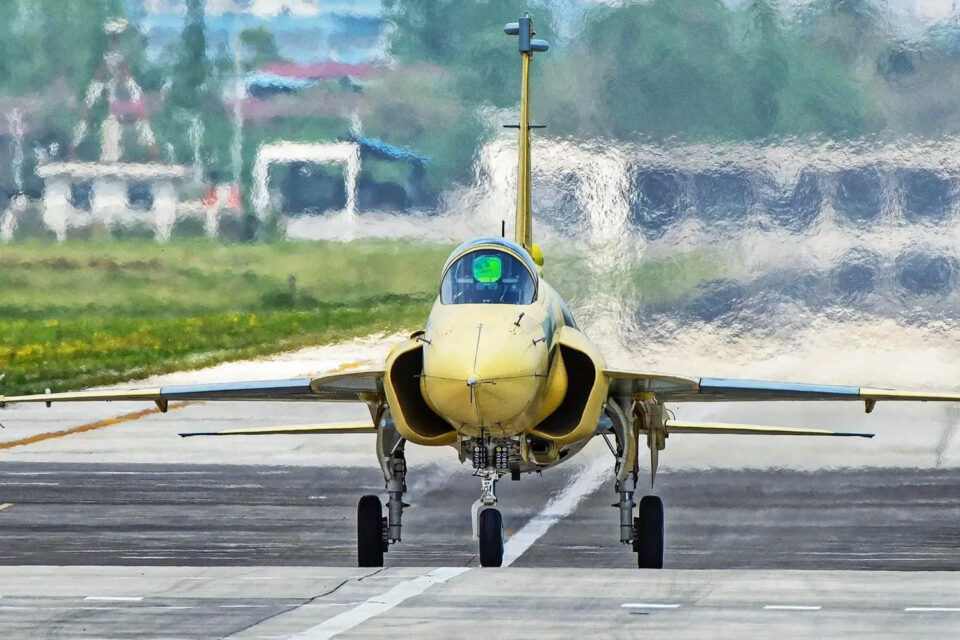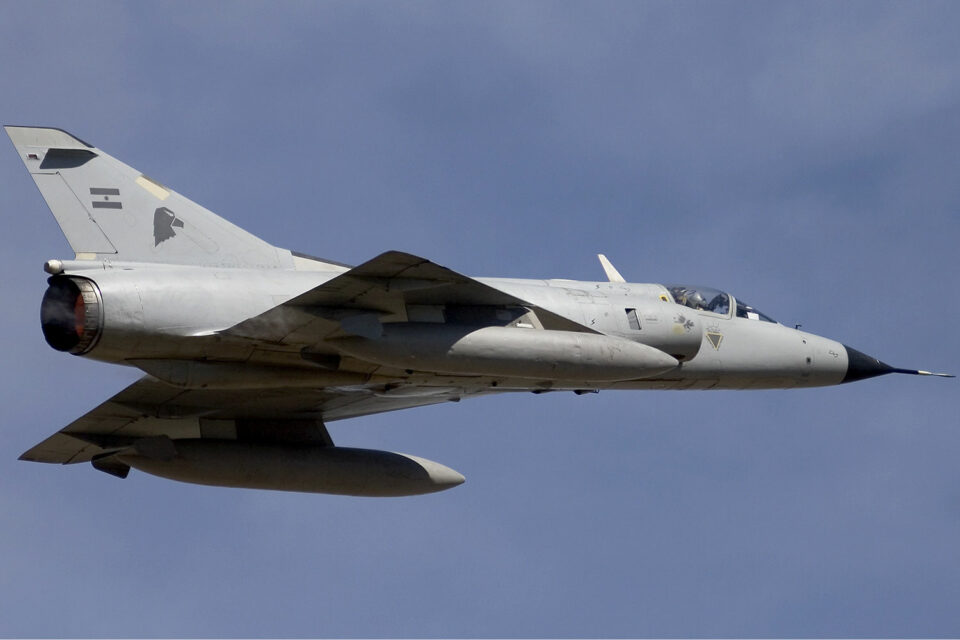Argentina and Denmark made official a future transaction for 24 F-16A/B fighters with the signing of a Letter of Intent on March 26.
The agreement has been awaited for months after the United States approved the transfer of second-hand fighter jets to the South American country.
The Letter of Intent was signed by the Defense Ministers of Argentina, Luis Petri, and Denmark, Troels Lund Poulsen, in Buenos Aires.
Follow ADN: Instagram | Twitter | Facebook
The Danish minister’s visit suggested that the acquisition contract could be signed during the week, but the Argentine government stated that this should happen in the coming months.
The letter, however, makes official the choice of the Lockheed Martin aircraft to replace the Dassault Mirage IIIs retired in 2015 and which left the Argentine Air Force without an air defense fighter.
Denmark withdrew its F-16A/B MLU from service after receiving the 5th generation F-35A Lightning II fighter. The Royal Danish Air Force would have 33 aircraft, but intends to transfer some F-16s to Ukraine.
Along with the fighters, Argentina is expected to receive AIM-9 Sidewinder missiles, AIM-120 AMRAAM, JDAM guided bombs, among other weapons.
The F-16 fighters should be based in the VI Air Brigade of Tandil, according to Zona Militar.

From China to the United States
The Argentine Air Force’s competition for a new multirole fighter has taken a long time and has gone back and forth.
Lacking financial resources, Argentina tried to find a cheaper light fighter like the South Korean FA-50s, but UK sanctions preventing the sale of aircraft with content from British companies thwarted some deals.
The Argentine government then intensified talks with China, which offered the JF-17 Thunder III fighter, produced in partnership with Pakistan.

In addition to this, India, with its indigenous Tejas fighter, and Russia with the MiG-35 also participated in the first rounds of talks.
The most likely fighter to win the dispute, the JF-17 ended up being supplanted by the F-16 following initiatives by the Biden administration to reduce China’s influence in South America.






